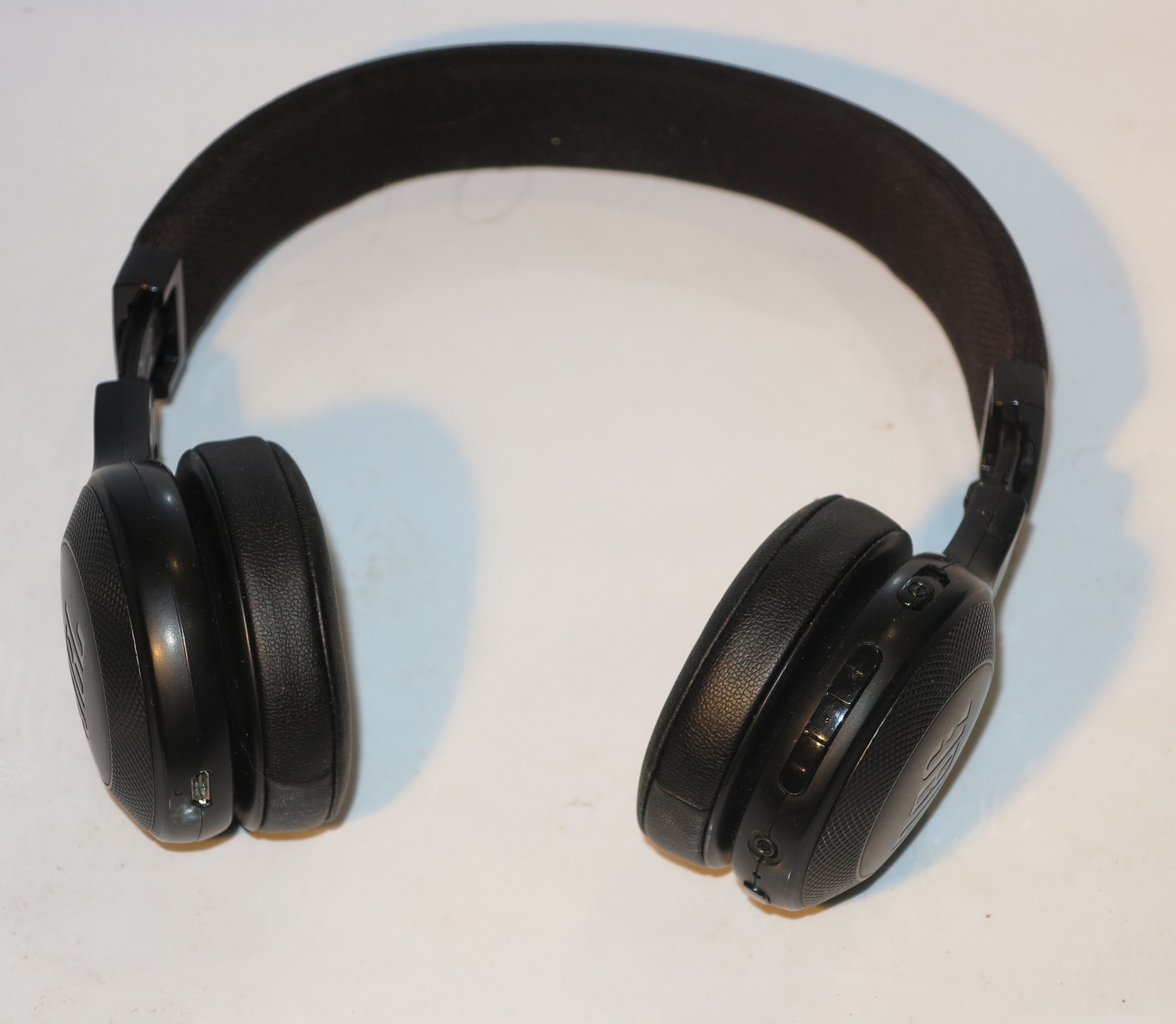Neufbox de SFR : la messagerie vocale évolue – DegroupNews.com (Language: French)
I have read this French-language article about improvements to SFR’s voice-mail service for their NeufBox residential triple-play customers and one feature that stood out was interfacing the voice-mail with the customer’s home computer.
Typically the voice mail service that is available with most personal / residential landline and mobile telephone services can only be managed through the user pressing buttons on the phone keypad in response to voice prompts. Business-grade setups typically have a “unified messaging” setup where their voice mail and e-mail messages are managed through the same interface, typically their computer workstation or their smartphone. Some PC-based answering-machine setups could achieve this through a “voice modem”, essentially a data modem with built-in sound-card functionality that can work with the phone line, answering all of the voice calls and communications software that can work with the “voice modem” capturing all of the messages.
This setup allows the user to receive their voice-mail messages as an e-mail message through their regular computer interface and/or an MMS message through their mobile phone. This kind of service will typically pack the message the caller leaves as an e-mail attachment or MMS multimedia attachment, which can be of use for replaying (through other devices) or archiving. SFR are extending the functionality to cover 5 different e-mail or mobile-phone destinations. This would typically allow for reception of the messages at work or for a couple to receive their home landline messages on both their mobile phones.
This kind of “unified messaging” service can be of benefit to telecommunications providers who want to encourage their customers to “have all their eggs in one basket” and subscribe to their personal / residential / SOHO telephone and Internet services through them. It is also future-proof when it comes to handling wideband VoIP telephony or videophone services because messages from these services can be distributed in the same manner as regular e-mails or MMS messages.


